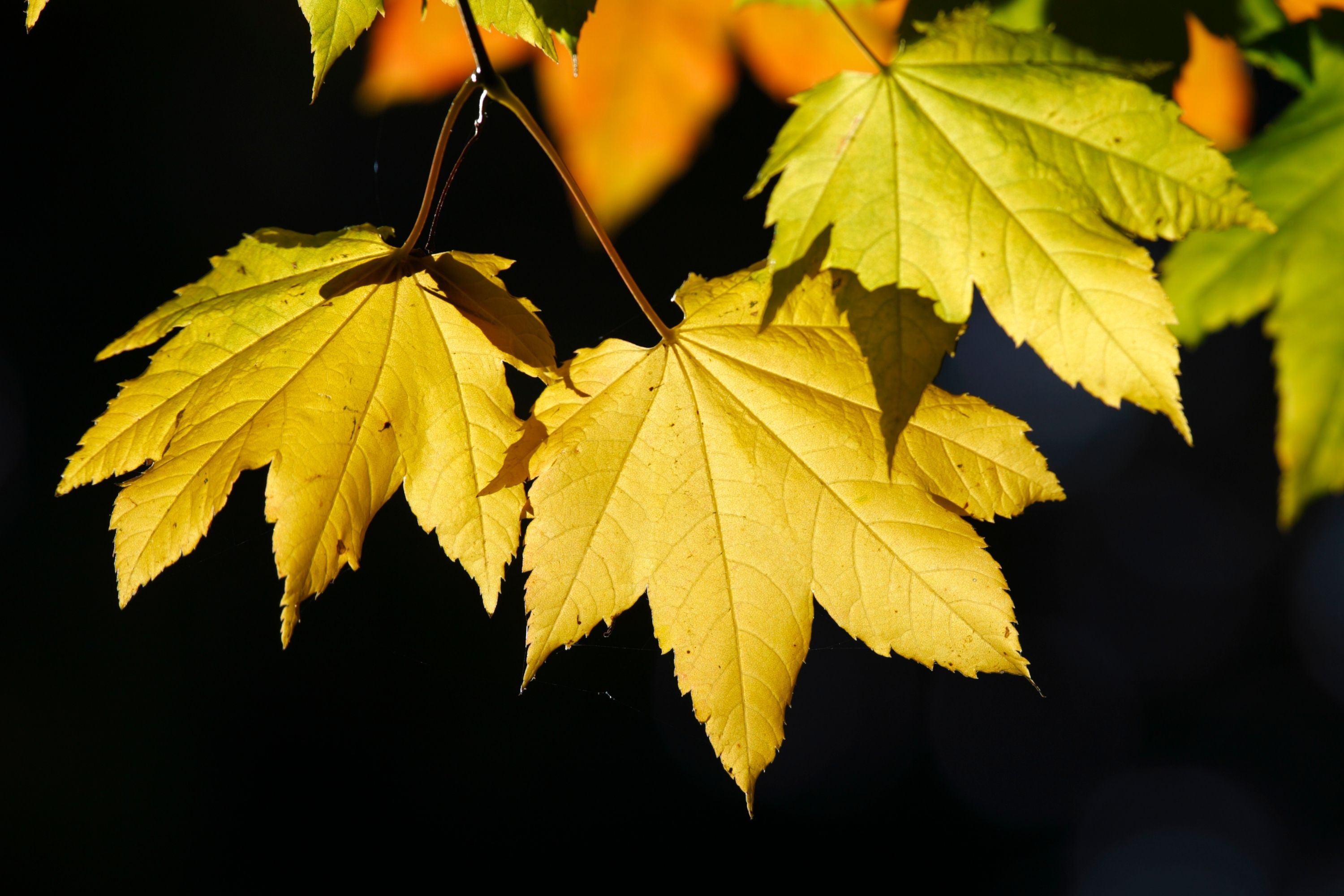Bigleaf maple
(Acer macrophyllum)

Description
Acer macrophyllum, commonly known as the bigleaf maple, is a large deciduous tree native to the western regions of North America. It belongs to the family Sapindaceae and is one of the most widespread and important species in the Pacific Northwest forests. The bigleaf maple is highly valued for its ornamental beauty and for its economic and ecological significance. In this article, we will explore the various aspects of Acer macrophyllum, including its distribution, morphology, growth habit, ecology, and uses. Distribution and Habitat: The bigleaf maple is endemic to the western regions of North America, ranging from southwestern Alaska, British Columbia, and Washington state to northern California. It is a dominant species in the moist, low-elevation forests of the Pacific Northwest, where it thrives in well-drained soils with ample water supply. It can grow in a variety of habitats, including riparian zones, mixed forests, and open meadows. Morphology: The bigleaf maple is a large tree, capable of growing up to 100 feet tall and 5 feet in diameter. It has a broad, spreading crown that can reach up to 75 feet in diameter. The bark of the bigleaf maple is gray and deeply furrowed, with irregular plates that peel off in large flakes. The leaves of the bigleaf maple are the largest of any maple species, reaching up to 12 inches in diameter. They are deeply lobed, with five to seven lobes that are toothed along the margins. The leaves are bright green in the summer and turn yellow in the fall. The flowers of the bigleaf maple are small and inconspicuous, and the tree produces small, paired samaras that are about 1.5 inches long. Growth Habit: The bigleaf maple is a fast-growing tree, with an annual growth rate of up to 3 feet in height and 1 inch in diameter. It can live up to 300 years in favorable conditions. The bigleaf maple is a shade-tolerant species that can grow in understory conditions, but it also requires adequate sunlight to reach its full potential. It can regenerate from stump sprouts after being cut or damaged. Ecology: The bigleaf maple plays an important role in the ecology of Pacific Northwest forests. Its large leaves provide shade and shelter for understory plants and animals, and the seeds and samaras are an important food source for birds and small mammals. The bigleaf maple is also a host tree for epiphytic plants such as mosses, lichens, and ferns. It has a symbiotic relationship with mycorrhizal fungi, which help the tree absorb nutrients from the soil. Uses: The bigleaf maple has been an important tree for indigenous peoples in the Pacific Northwest for thousands of years. The wood of the bigleaf maple is strong, durable, and easy to work with, making it an ideal material for making furniture, veneer, and musical instruments such as guitars, violins, and drums. The bark and sap of the bigleaf maple have medicinal properties and were used by indigenous peoples to treat a variety of ailments. The bigleaf maple is also a popular ornamental tree, prized for its large leaves and attractive form. Conclusion: Acer macrophyllum, the bigleaf maple, is a magnificent tree that plays an important ecological, cultural, and economic role in the Pacific Northwest. Its large leaves, fast growth rate, and shade tolerance make it a valuable species for forest regeneration, and its wood and other products have been used by indigenous peoples and modern societies for thousands of years. As we continue to appreciate and utilize the bigleaf maple, we must also be mindful of its conservation and management to ensure its survival and continued prosperity in the future.
Taxonomic tree:







